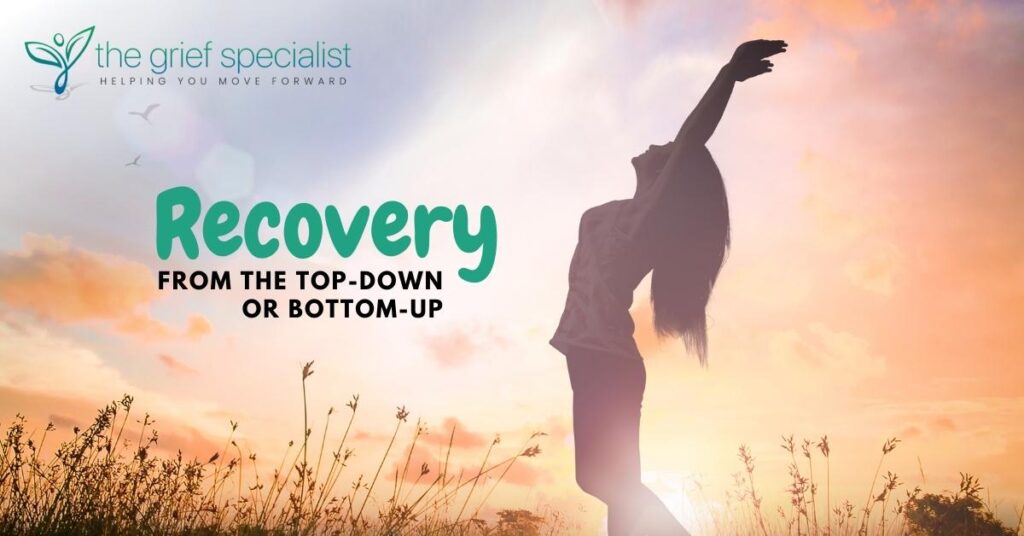My son died on a Friday. That day became a day of pure turmoil. My world and of those who loved him changed drastically. We were now dealing with the trauma of having a loved one die by suicide. So many questions followed. Why did he do this? Why didn’t he talk to me? He seemed so happy. What was so bad that he chose suicide over life?
The shock of my sons sudden and unexpected death was traumatic. My heart raced, my body shook, and my stomach was a mess, to name a few of my body’s physical reactions. Additionally, I was sad, grieving, and had difficulty making simple decisions. I felt like I had been through the ringer, several times forward and backwards and left out to dry as a wrinkled crushed-up mess.
From my years of work in the health and wellness arena, I knew what I was experiencing was normal. I also realized that if I did not take control of it, the results would be devastating on my life and my future.
Traumatic experiences such as the suicide of a loved one, leave their mark on the mind and body, mentally and physically. It takes energy to continue to carry the burden of that trauma. Do you know that it takes more muscles to frown than smile? This is the same thing. It takes more energy to carry the trauma than to move through it. It is important to rid yourself of those traumatic responses. You can hope of living life as it was intended. You are meant to live life after death of a loved – even of it was self-inflicted.
Research shows that trauma produces physiological changes, shifts in the brain alarm system, increased stress hormone activity and changes in the system that filters relevant and irrelevant information. Trauma impacts the body’s ability to feel alive. The person who emerges after experiencing trauma may be forgetful, hyper-vigilant to danger and be more susceptible to illness.
Frequently, I am asked what did I do to repair the damage? I combined two methods.
The first method is called top-down recovery. In this method, I spent a lot of time talking about what happened, how I was feeling and what was going on. This simple act of talking helped me process the memories of my son’s suicide. I also developed a community of those who supported me. I focused on the stories I told myself. I would not allow myself to take blame or responsibility for my son’s choice. I concentrated on believing in myself, my girls and what my future looked like.
The second method is called bottom-up. In this method, I did physical activity that helped my brain reorganize the information it was receiving. Exercise produces hormones that facilitate thinking and emotions. It helps to contradict the changes that are happening physically and mentally. If you experience rage, exercise can help to calm you. Lethargy turns to energy, which in turn is an upward spiral of more energy. I did this by upping my workouts, running, and playing pickleball. Find what works for you. Just do something!
In addition to physical activity, it is essential to fuel your brain and body with nutritious food. Food that increases energy, reduces inflammation, and improves mood. The traditional comfort food that you may turn to does not serve you. I doubled up on taking my food supplements. They provided the nutrition my body was not getting because I just couldn’t eat. My stomach was upset, and my plant powdered capsules were an easy way to get what I needed.
Both the top-down and bottom-up methods of human connection and physical experiences allowed me to become the master of my life again.
My ability to move through my son’s suicide started with a choice to want to live my life, even it was without him. I followed a wholistic approach to healing, including physical, mental, emotional, and spiritual health….
Combine both methods, top-down and bottom up to give yourself the best chance of surviving your traumatic experience.
#nutrition
#griefrecovery
#moveforward
#suicidelosssurvivor




